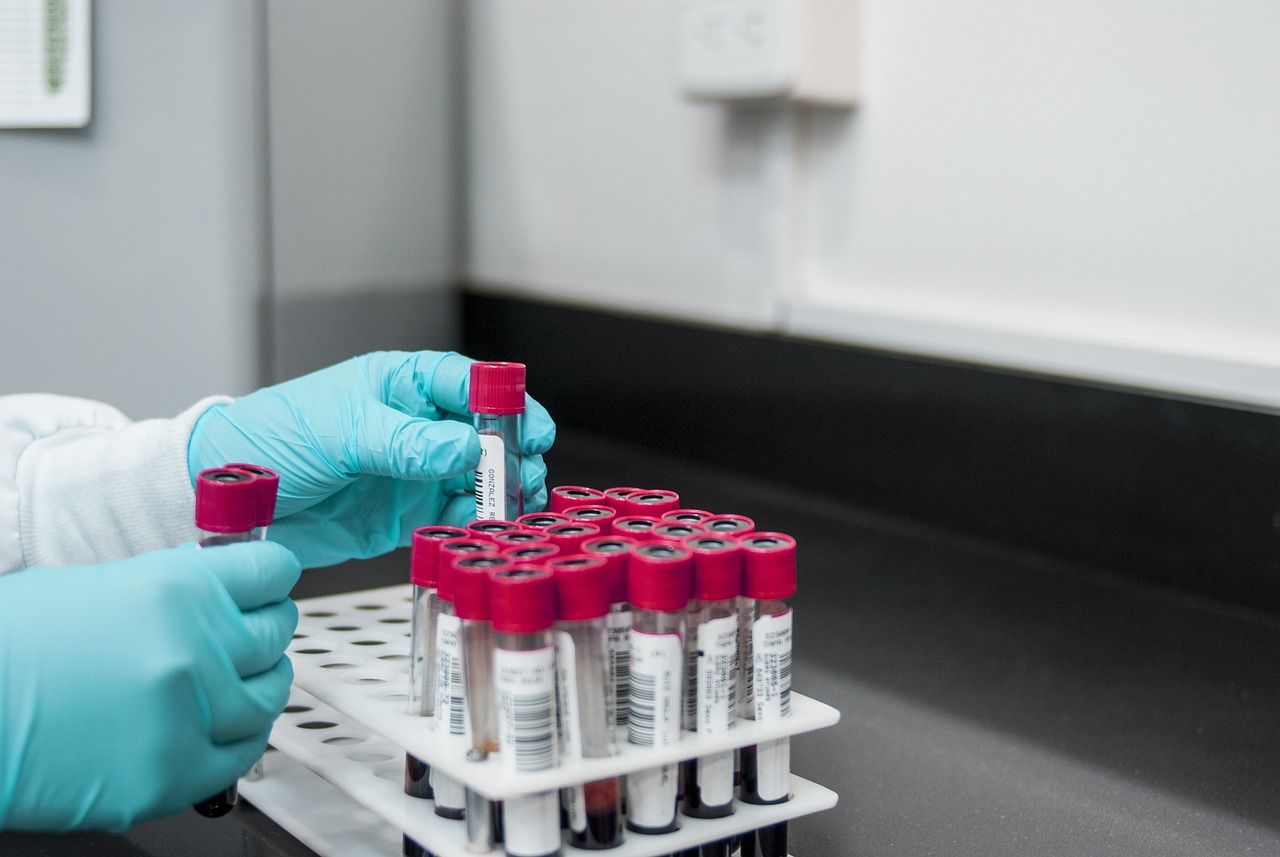An infection caused by a flesh-eating parasite, which was earlier seen in people who traveled to tropical regions, is now endemic in certain U.S. states, according to the Centers for Disease Control and Prevention (CDC).
Leishmania parasites, which cause leishmaniasis, can spread by the bite of sandflies and cause disfiguring skin sores. They are typically seen in tropical and subtropical environments.
After conducting a genetic analysis of tissue samples from more than 2,000 cases of cutaneous leishmaniasis (the type that causes skin sores) sent to the CDC between 2005 and 2019, researchers have identified a unique, local strain of the parasite in Texas and some southern border states.
The abstract of the study was announced at the American Society of Tropical Medicine and Hygiene on Thursday.
“There have been previous indications of local transmission based on a small number of case reports, but now, for the first time, we have a distinct genetic fingerprint from a relatively large cluster, providing further evidence that leishmaniasis may be well-established in some parts of the United States,” Mary Kamb, a medical epidemiologist from the Division of Parasitic Diseases and Malaria at CDC’s National Center for Emerging and Zoonotic Infections, said in a news release.
“While most of these infections were in people living in Texas, sandflies that can transmit leishmaniasis are found in many parts of the country and especially in the southern United States,” Kamb added.
Of the total cases, 86 had not traveled abroad before the infection. Furthermore, the parasitic strain in the U.S. is slightly different from Leishmania mexicana, the strain typically seen in Mexico and Central America.
“This genetic information adds credence to this idea that leishmaniasis is occurring here in the United States, it’s endemic here in the United States, at least in Texas and maybe southern border states,” Kamb, who co-authored the findings, told CBS News.
Researchers believe warmer climates in the southern states might have made it more conducive for sandflies to thrive and transmit the disease.
“A number of factors might be contributing to the increasing number of cutaneous leishmaniasis cases sent to CDC for testing. Among these is the speculation that changes in climate conditions may lead to suitable environments for sandfly survival and reproduction, and that could enable the transmission of leishmaniasis to emerge in new areas,” said Vitaliano Cama, a senior advisor with CDC’s Division of Parasitic Diseases and Malaria who was closely involved with the study.
According to WHO estimates, around 700,000 to one million new cases of leishmaniasis occur annually.
Types of infection and symptoms
- Cutaneous leishmaniasis – It is the most common type that causes skin sores. The symptoms typically start with the appearance of bumps or nodules on several areas of the skin, which progresses to ulcers that can sometimes be painful. The sores appear within a few weeks or months after the sandfly bite.
- Visceral leishmaniasis – This type of infection can be life-threatening as it affects internal organs such as the spleen, liver and bone marrow. The signs of the infection include fever, weight loss, swelling of the spleen and liver and low blood counts (red blood cells, white blood cells and platelets). The symptoms take longer to appear, sometimes months or years after contracting the infection.
- Mucosal leishmaniasis – It is the less common type that occurs as a consequence of infection caused by cutaneous leishmaniasis. It can cause sores on the skin and in the mucous membranes of the nose, mouth or throat.
Prevention and treatment
There are no vaccines to prevent leishmaniasis. The best strategy to prevent the infection is to minimize exposure to sandflies by limiting outdoor activities and using insect repellants.
Treatment procedures are individualized depending on the condition of the patient and the type of infection. The sores from cutaneous leishmaniasis normally heal without treatment but might take a very long time and leave scars. However, severe cases of visceral leishmaniasis need treatment.


